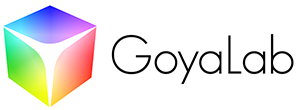by Marie-Sophie de Maissin, gemologist
What is the spectrum of a gem?
The spectrum allows the identification of a gem thanks to its interaction with light. Indeed, any object absorbs part of the visible light and reflects (or returns) another part which explains that we can see these objects and that we can see them in different colors.
The reference spectrum, the one that we will use is the spectrum of visible light, but more specifically the spectrum of daylight that includes all the colors of the spectrum – the colors of the rainbow. Each color corresponds to a wavelength.
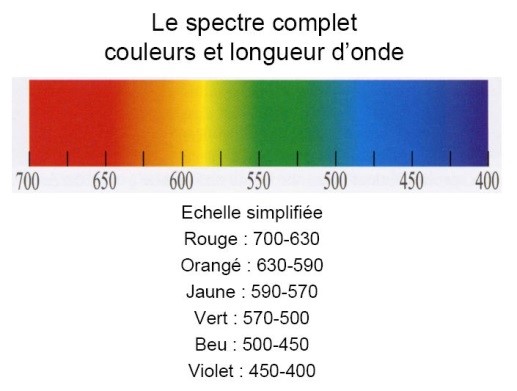
In gemology, we use spectroscopy. There are 2 types of spectroscopes used in gemology, grating spectroscopes and prism spectroscopes. My fellow gemologists will agree that the prism spectroscope is the most commonly used.

Prism spectroscopes
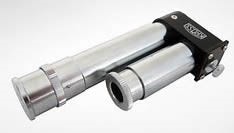
Grating spectroscopes
The use of the spectroscope is not always easy. It requires:
- The right light, (yellow light or daylight, LED lights have a specific spectrum)
- The right brightness,
- The right orientation,
- The right direction (Is the spectrum I am looking at really that of the gem?)
- And many more…
The device is small, inconvenient, we do not see well. In short, it’s a bit off-putting. However, reading spectra can help differentiate two gems that look very much alike.
A good gemologist must be a little geeky. The advent of digital tools helps you get the data you need quick and easy.
An app for smartphones: GoSpectro
Researchers from Technology Center ALPhANOV have looked into the question and came up with the brilliant idea to create an app for smartphones.
These researchers have made an application linking the spectro to the mobile phone, thus making the spectra easier to read, more practical, faster and finally the reading of the spectra can be done without stress and … in a group, because it is displayed directly on the smartphone screen. It can then be saved and shared like any photo on the phone.
Spectroscopy with GoSpectro
For the purists, the display shows not only the “rainbow” spectrum with the visible colors, but also a graph with the emission peaks and the absorption bands. Which, just like the color spectrum can be saved and shared.
We can really talk about a revolution in spectroscopy. Here is the spectro-smartphone assembly: the GoSpectro
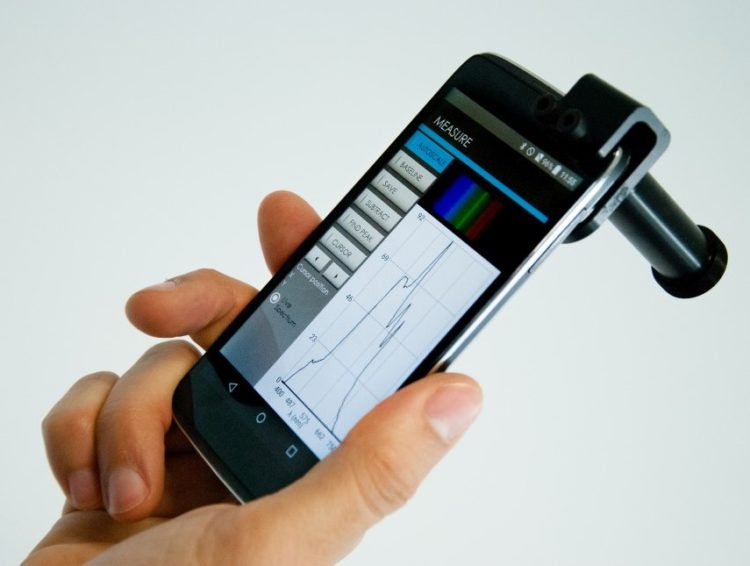
Figure 1 – Photo of GoSpectro, ultra compact spectrometer for smartphonee
Fluorescence with GoSpectro
GoSpectro’s capabilities are not limited to capturing spectra and transforming them into graphs. The device can also be used to measure the fluorescence of a gem, which is sometimes present in some synthetic gems while the natural version of this same gem does not exhibit fluorescence. This is the case of spinel. Both of them are of identical color to the eye and therefore to the spectroscope, but they have different chemical composition that will be revealed by fluorescence. The phenomenon of fluorescence is due, in particular, to the presence of iron in natural spinel.
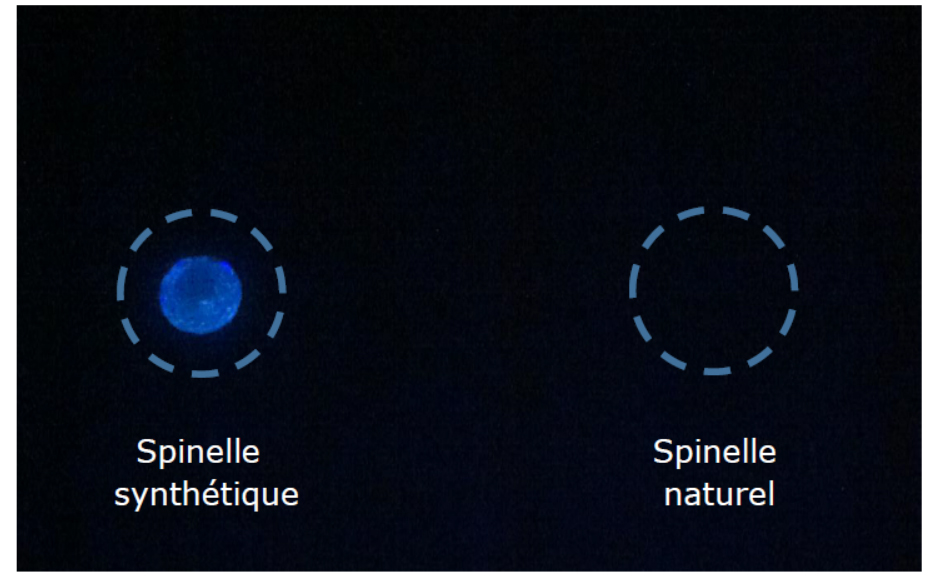
Figure 7 – Photograph of synthetic spinel and natural spinel under UV light
Fluorescence spectrum of natural spinel vs. Synthetic Spinel
The fluorescence spectrum was recorded by exciting the gem using a commercial laser pointer emitting at 405 nm. The same protocol was operated in the case of synthetic spinel and natural spinel. Yet only synthetic spinel has a fluorescence spectrum visible on the spectrometer. This is a broad emission band from 500 nm to 650 nm. Natural spinel only shows the emission line of the 405 nm laser that emanates from the gem due to the phenomenon of elastic scattering.
This is an interesting solution which offers great portability to measure the fluorescence of the ions present in the gems, using a simple laser pointer operating on battery. It should be noted that, compared to a conventional spectroscope (prism or grating type), the spectrum is here measured by the camera sensor of the smartphone, rather than the naked eye of the gemologist. This greatly reduces the eye safety risks to which the user is exposed by using a laser.
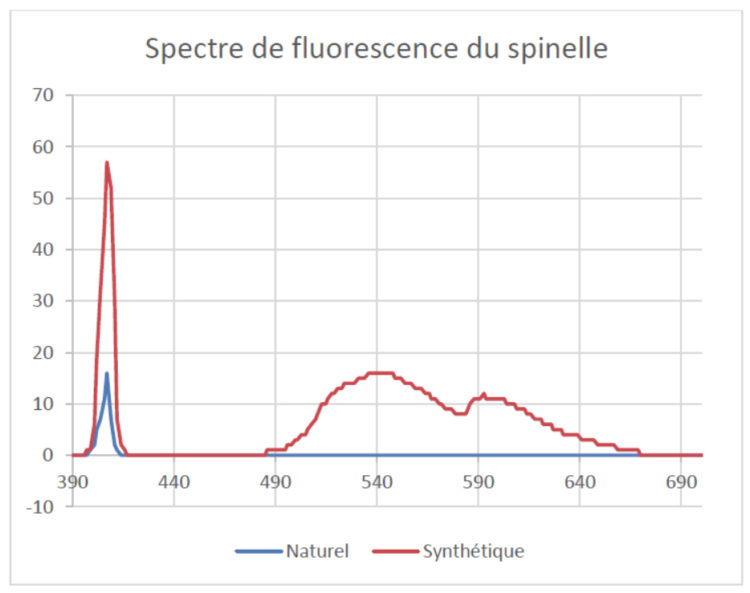
Figure 8 – Fluorescence spectra of synthetic spinel and natural spinel excited by a 405 nm laser pointer
To conclude
The GoSpectro is more than a digital gadget. It enables precise observations in both spectrometry and fluorescence without eye fatigue. The measurement is easy and is no longer subjective as the data is recorded directly in the phone memory and can subsequently be shared.
In addition, because of its minimal size and ease of use compared to laboratory equipment, it can be transported easily and become a reliable field tool. Its affordable price makes it a device that will quickly become essential for any gemologist.
In short,
We loved :
- its ease of use
- its portability
- its usability
- the offered possibility to save the spectra and to be able to share them
- the customer service
We liked less
- the interface in English (but it will be translated soon)
- the difficulty of calibration at startup (but with time and training, it’s easier).
